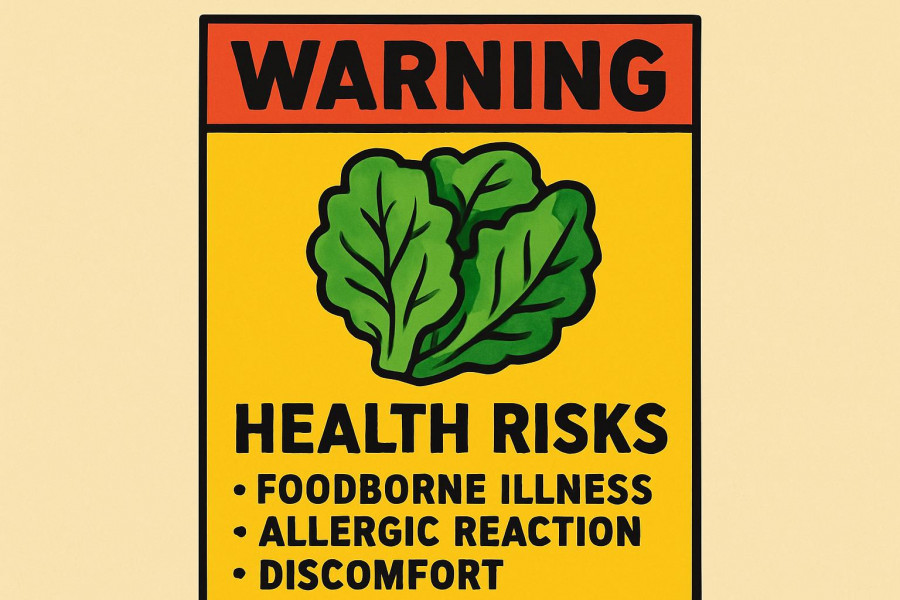
Understanding Stroke Risks: A Surprising Concern for Vegetables
For those over 60, meaningful conversations about health often emphasize our diets, but what happens when the very foods we thought of as friends may turn foes? In a recent video titled Over 60? THIS Vegetable Raises Stroke Risk Overnight | Senior Health Tips, important insights highlight nine common vegetables that can paradoxically raise stroke risk when not consumed wisely.
In Over 60? THIS Vegetable Raises Stroke Risk Overnight | Senior Health Tips, the discussion dives into how specific vegetables can impact stroke risk after 60, exploring key insights that sparked deeper analysis on our end.
Turning the Tables on Vegetables
Take spinach, for example. Traditionally lauded for its iron and antioxidants, this green offers significant health benefits. However, its high oxalate content can lead to the formation of calcium oxalate crystals—a potential risk for those who have aged past 60. Our kidneys filter substances differently as we age, and combining spinach with calcium or vitamin D supplements can lead to circulatory issues.
Vegetables and Medication: Tread Carefully
Broccoli and garlic also make the list of healthful veggies that can present risks. While both support heart health, broccoli's vitamin K can interfere with blood thinners, and garlic's ability to thin the blood can compound these issues. The critical takeaway? Timing and consistency matter. Take it slow and keep your doctor informed about the greens on your plate.
The Decisive Factors: Timing and Awareness
Romaine lettuce is often chosen for its refreshing taste yet can act as a natural diuretic—especially troubling when hydration may not be as sharp with age. Onions, too, can dilute blood pressure and affect circulation when consumed late, highlighting the importance of meal timing. Each of these vegetables can be enjoyed, but awareness of how they interact with medications and bodily changes is essential.
Your Diet After 60: Action Steps
Now, understanding how certain foods work after 60 can empower seniors to make conscious food choices. Asparagus, tomatoes, and even corn are all delicious additions but need to be eaten during the day rather than late at night, allowing your body to effectively process them.
Simply put, maintaining hydration, mixing foods wisely, and understanding your body's responses to age-related changes can be your best strategy for staying healthy. No longer is it just about what we eat, but when and how we eat it.
A Reminder About Balance
This conversation encourages us to shift our perspective on healthful choices. Not every vegetable is a worry, but recognizing their nuances offers the pathway to a supportive dietary regime. Engage with your doctor about your diet and stay observant of any changes in how you feel. Awareness about timing and hydration can bolster your overall well-being.
Finding Freedom in Awareness
Every meal is a chance for us to celebrate our health. While the narrative around vegetables may be shifting slightly as we age, this doesn't mean they should be off the table. Instead, honoring our relationship with food and being mindful about choices fosters independence and health for years to come.
So, the next time you're preparing a meal, remember to tune in to your body’s unique needs and give a nod to foods that can easily integrate into your healing journey.
If you found these insights helpful, consider sharing with others who may benefit from them. As we dive deeper into health trends, let’s keep the conversation going about what foods support our growing needs!
 Add Row
Add Row  Add
Add 




Write A Comment